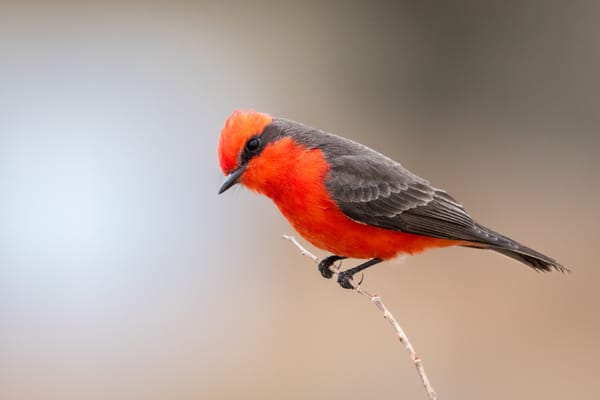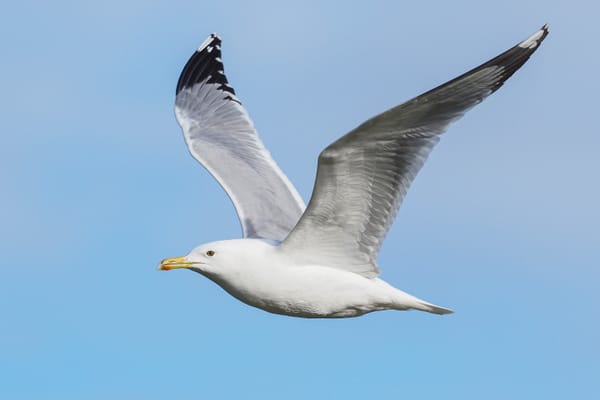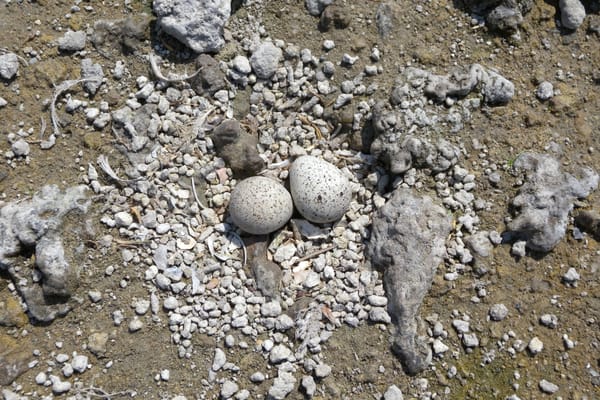
Small Eggs, Big Trade-offs: How Shorebirds Balance Clutch Size and Climate Risk
Why do some birds lay fewer, larger eggs? Shorebirds breeding in extreme environments have evolved surprising strategies to balance energy, risk, and reproductive success.
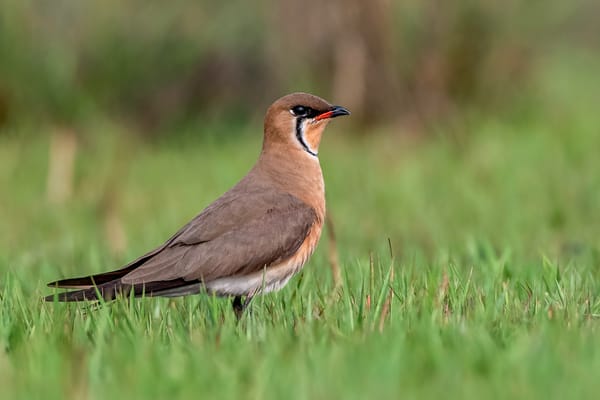
Why Wait to Grow Up? Shorebirds' Delayed Maturity Tied to Coastal Living
Shorebirds that winter along dynamic coastlines delay their first return to breed, a strategy linked not to body size, but to the behavioural demands of tidal habitats — revealing new insights into how environment shapes avian life-history timing.

Gyorgy Szimuly
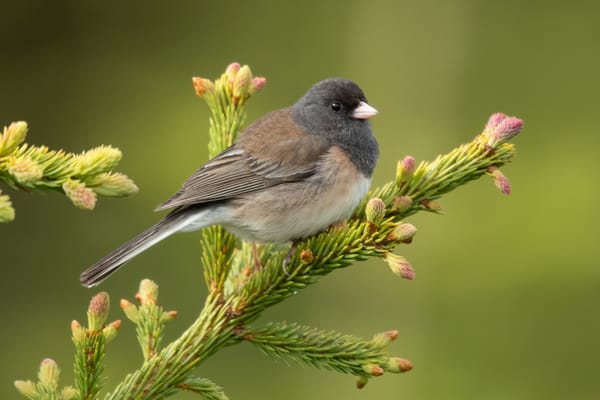
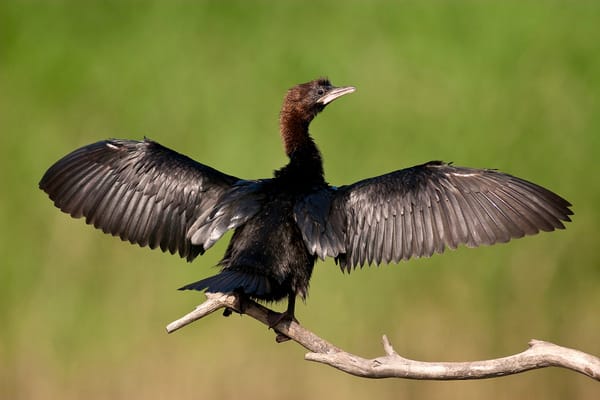
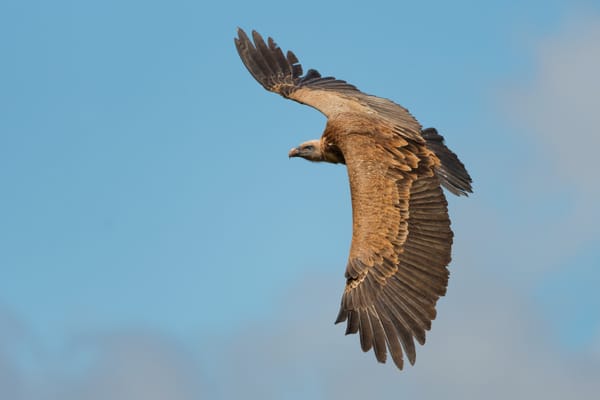
A Generation Restored: How Griffon Vultures Thrived Four Decades After Reintroduction
Four decades of monitoring show that Griffon Vultures in the Grands Causses maintain exceptionally high survival, revealing why this reintroduction became one of Europe’s most successful raptor recoveries.

Gyorgy Szimuly
